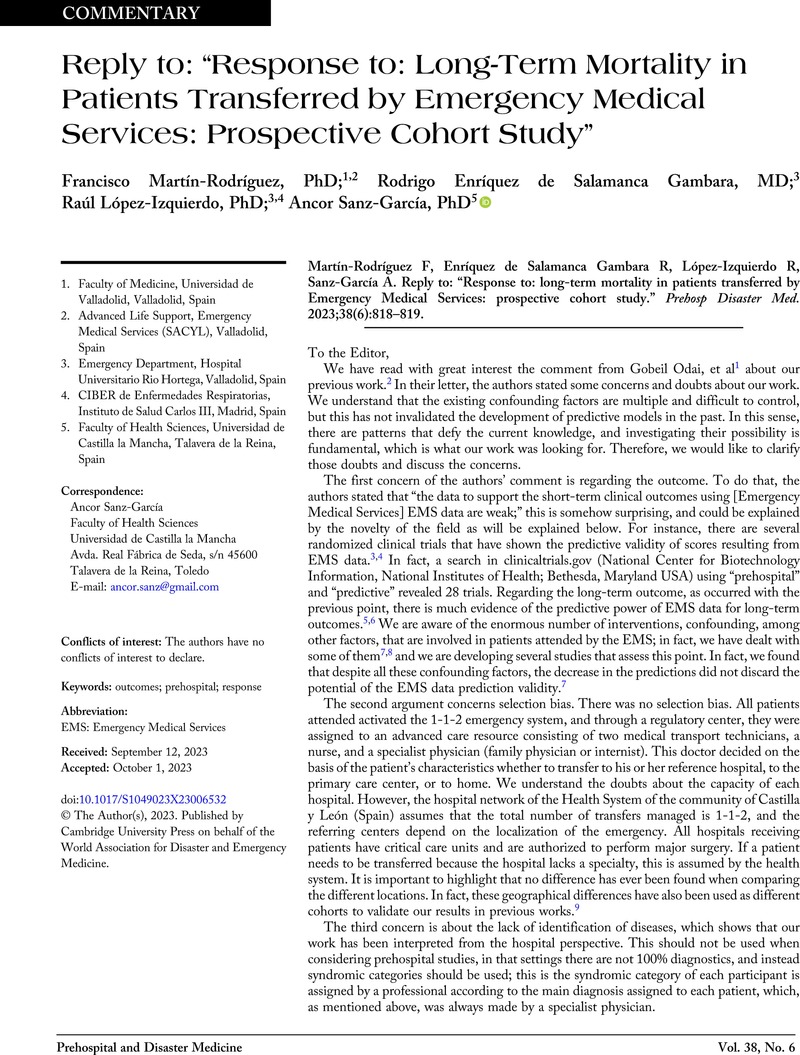Martín-Rodríguez, F,
Sanz-García, A,
Martínez Fernández, FT,
et al. Association between prehospital lactate categories with short- and long-term mortality. A prospective, observational multicenter study.
QJM. 2023:hcad167.
10.1093/qjmed/hcad167CrossRefGoogle Scholar 